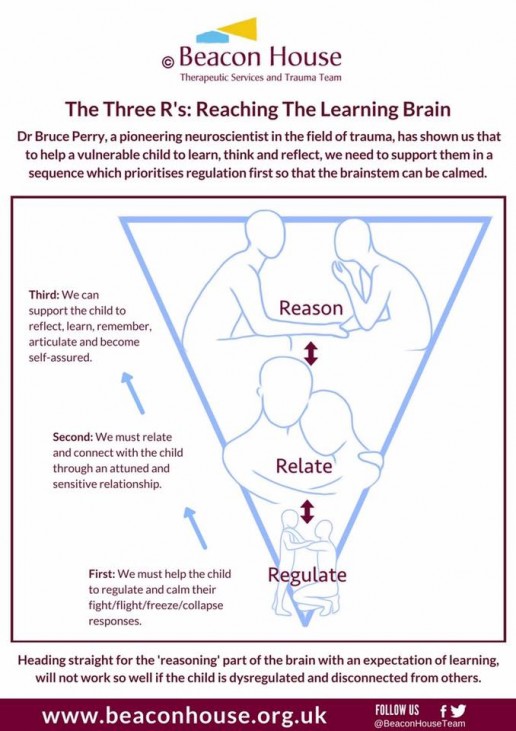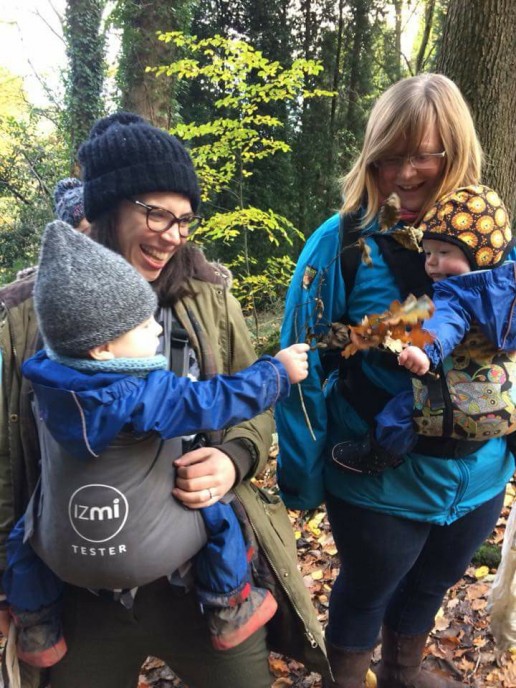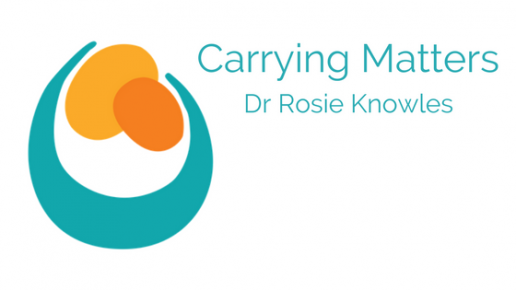How do you help your child to regulate themselves when they are upset? Calm children are in a great place for learning about what has just upset them.
I see this happening daily, distressed children are picked up by their carers who hear their cries. They are rocked and hummed to as they are held and they calm down… and then all too often put down again, mission accomplished, the crying has stopped – for now. Life around the child carries on as normal, until they cry again and are briefly picked up, only to be put down again.
What about if you hold your child just a little longer after they have stopped crying? Babies love to be held; their parent/carer’s body, is after all, their natural habitat and where they feel safest (which is why they stop crying!) However, babies can feel heavy, and parents/carers need to be able to get on with daily life.. this is how slings can help.
With a comfy carrier, baby is not instantly put down as they don’t feel as heavy. Once their emotions are regulated, and they feel calmer, they are in a great place for relationships to be reinforced and trust to be deepened. Their distress has been eased and their big feelings have passed, they are now in a safe space where they can relax into that security. They are now ready for learning about what has just happened to them.

This is a great image based on Dr Bruce Perry’s work for the The ChildTrauma Academy.

This is a great opportunity. Being held or carried for that little bit longer allows the body and the brain to keep on working; releasing oxytocin, reducing cortisol, allowing neuronal connections in the brain to form, literally building a baby’s brain. Such loving interaction is a vital part of creating secure attachments that grows into resilience. A child feels related to; that someone cares beyond simply making the noise stop, and this is where they are most receptive to learning.
They are open to listening and observing the world around them. They can watch the people around them doing things and learn to imitate.
They can gain social skills from being part of adult interactions at face level, and as carers are more aware of their child’s presence, they are more likely to talk to them and involve them in situations more closely. Conversations happen more when children are close, and they learn from observing adult responses to situations how to react (triangulation). This all helps to build children’s social brain.
Babies haven’t yet learned to focus their attention on one thing, and ignore the irrelevant the way older children have. They have a huge amount of information to process daily, which is why they need to sleep as often as they do. Sleep helps to consolidate learning; and where better to have a nap than in the sling where you feel safe?
Slings are so useful in so many ways! Read more here about how slings can help to build resilience.
What about older children?
For older children past the age of regular sling use, the close contact of a hug is still enormously useful. If they are struggling with a lot of overwhelming feelings or frustrations, the emotional regulation of a cuddle, when followed by a time of reinforced relationship, makes rational conversation becomes more possible. The reasoning part of their brain is now available to engage. They are able have to conversations about what has just happened and how they felt. They can be reassured that they are heard, and can then join in any reflections on the situation and move forwards in a positive way.
For those of us who have multiple small children and wish they had more arms to hold their children, and feel the guilt, be reassured; children thrive in loving environments and each child will have different needs at different times. One may need more holding than the other but this doesn’t mean the less-held-child is being neglected. We only need to be good enough parents; not perfect.

